Reading Lists
8 Pieces of Modern Technology That Science Fiction Predicted…Or Invented
Sci-fi literature has an impressive track record of tech predictions
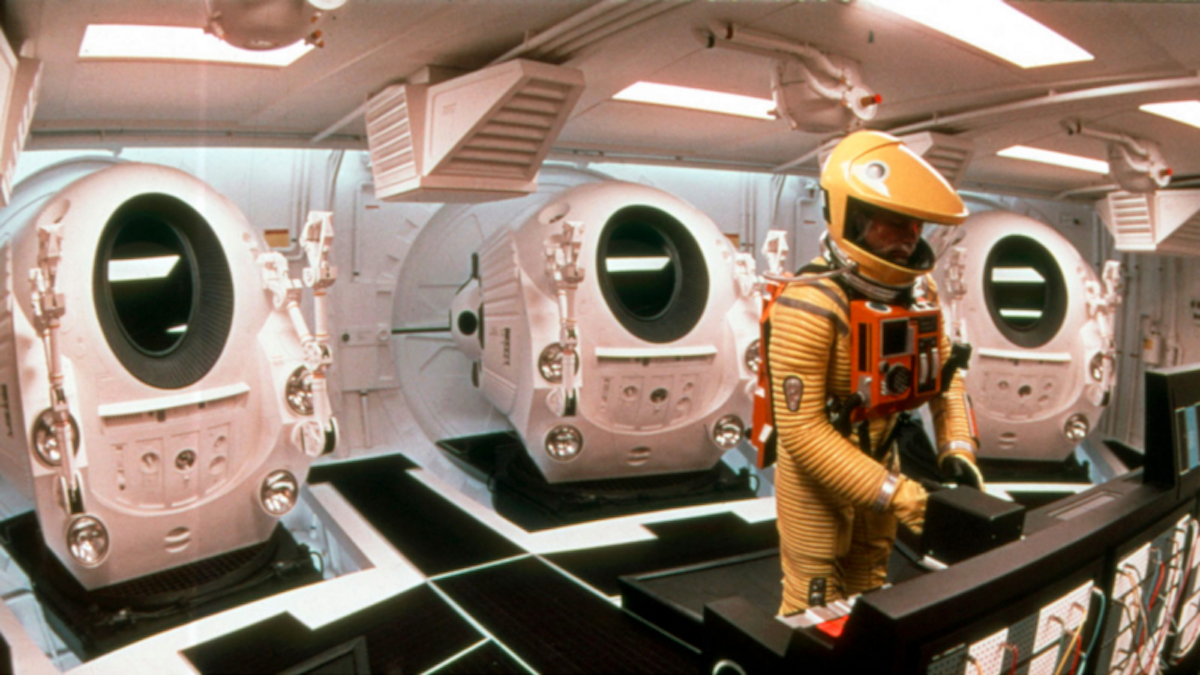
In 1945, pioneering science fiction author Arthur C. Clarke began circulating a manuscript called The Space Station: Its Radio Applications. This paper proposed that space stations could be used to broadcast television signals — an “out there” statement during a time when television was not yet a commercial entity. Seventeen years later, in 1962, the Telestar 1 communications satellite relayed the first transatlantic television signal in history. Fast-forward fifty-four years to 2016 and President Trump’s inauguration was viewed by a live global audience of 30.6 million viewers, in an event that was virally compared to the science fiction TV show, The Twilight Zone.
Clarke was not the first sci-fi author with uncanny technological predictions — and certainly not the last. Many works of science fiction involve technological speculation that bears remarkable resemblance to the pieces of technology woven into our lives today. This brings to mind an intriguing question of the role that speculative fiction (and especially science fiction) plays in driving technology by postulating future advancements — and sparking innovation.
The following list of fictional works were technologically ahead of their time and stand testament to the immense creativity of science fiction authors.

1888: Credit Cards
Edward Bellamy’s Looking Backward
In the book: In this futuristic utopia, a card allows people to borrow money from a central bank on credit, eliminating the need for physical money. Sound familiar?
“Are credit cards issued to the women just as to the men?”
“Certainly.”
“The credits of the women, I suppose, are for smaller sums, owing to the frequent suspension of their labor on account of family responsibilities.”
In reality: The first popular credit card was introduced by the Diner’s Club in 1950. As of 2012, over two billion active credit cards were in use around the world, accounting for $1 trillion of debt. In fact, the average American household receives six credit card offers a month.
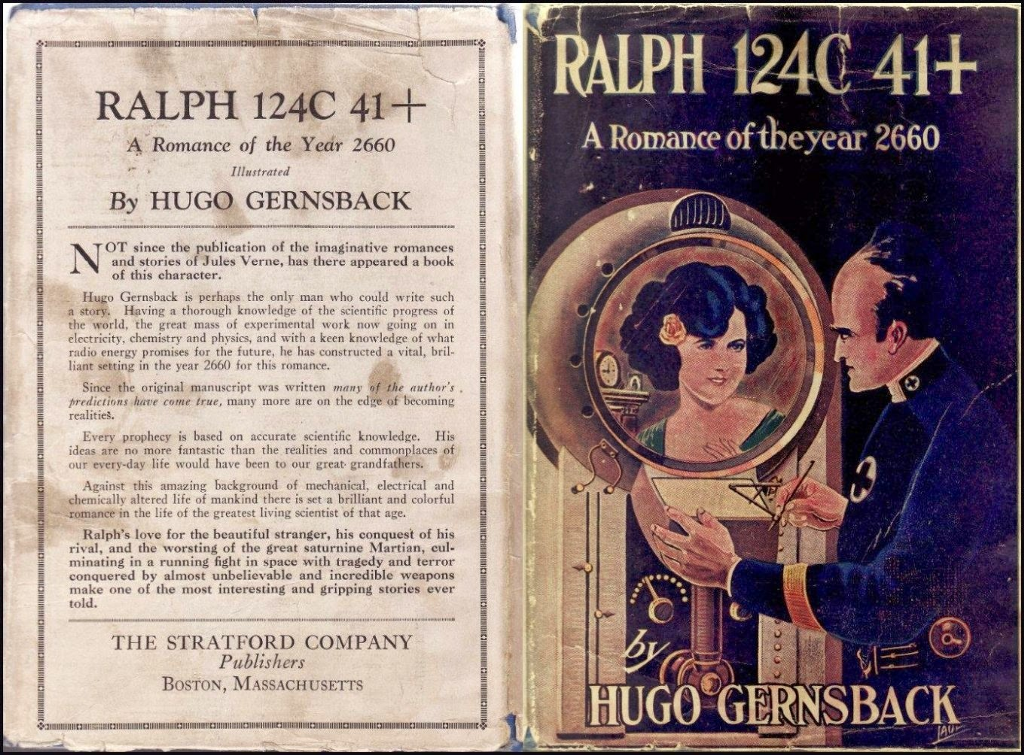
1911: Video calling
Hugo Gernsback’s Ralph 124C 41+
In the book: The “telephot” is a video-telephone device used by the heroine, Alice 212B423, to call for help when she’s threatened by an avalanche. In a blinding feat of technological progress, she is able to place this call to Ralph… from over 4,000 miles away.
After several vain efforts to restore it Ralph was about to give up in disgust and leave the Telephot when the instrument began to glow again. But instead of the face of his friend there appeared that of a vivacious beautiful girl. She was in evening dress and behind her on a table stood a lighted lamp.
Startled at the face of an utter stranger, an unconscious Oh! escaped her lips, to which Ralph quickly replied:
“I beg your pardon, but ‘Central’ seems to have made another mistake. I shall certainly have to make a complaint about the service.”
In reality: Today, more than 340 million minutes of video calls are made each day on WhatsApp alone. Factor in other popular video calling softwares such as Skype, Google Hangouts, Facetime, and Facebook Messenger and our collective time spent video-calling one another becomes astronomical. This generation will likely be the first to make more video calls than voice calls.

1931: Mood-Enhancing Pills
Aldous Huxley’s Brave New World
In the book: “Soma” is a hallucinogen distributed by the government, en masse, to control the population. Citizens are conditioned to love the “calming” effects of the drug, using it constantly to avoid feelings of discontent.
“A gramme is better than a damn,” said Lenina mechanically from behind her hands. “I wish I had my soma!”
In reality: Many have drawn comparisons between Brave New World’s drug-dependent society and America’s ever-increasing reliance on prescription medication. In addition, they feel that Huxley may have predicted the direction of the entire pharmaceutical market, and the subconscious notion that in order to be “healthy,” we most likely need to be medicated.
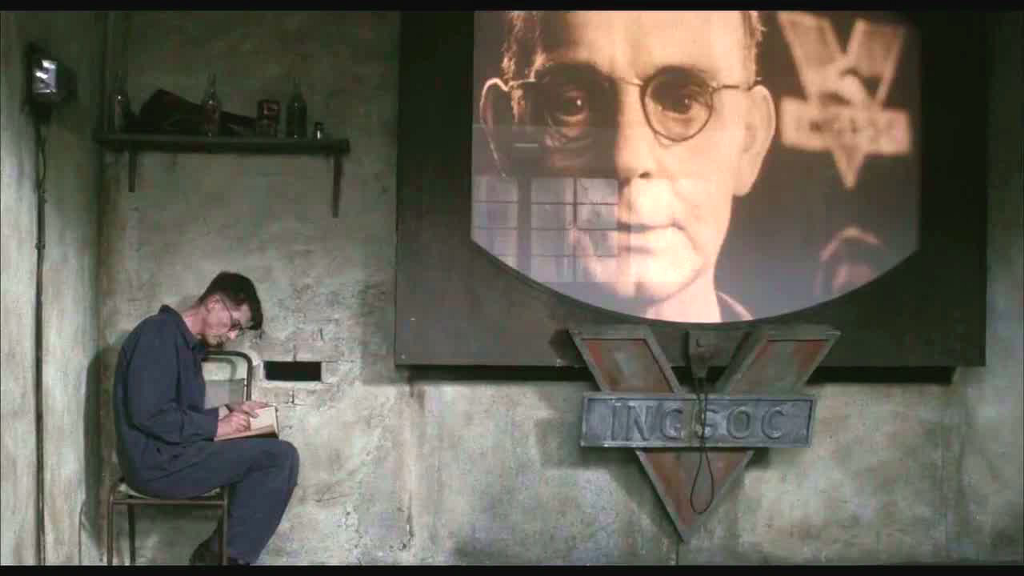
1939: Surveillance
George Orwell’s 1984
In the book: The dystopian concept of Big Brother originated with 1984, leading to the term “Orwellian” entering everyday practice to describe a totalitarian state characterized by surveillance, misinformation, and propaganda. In the novel, telescreens are used to watch a person’s every move — a blatant act of surveillance, as the government’s total control has removed any pretense of privacy.
You had to live — did live, from habit that became instinct — in the assumption that every sound you made was overheard, and, except in darkness, every movement scrutinized.
In reality: In 1942, just three years after 1984 was published, closed-circuit television (CCTV) was used for the first time to monitor the launch of a V2 rocket in Germany. Today, surveillance goes miles beyond simple public video monitoring. However, instead of getting into a lengthy (and inevitably disturbing) explanation of all the ways that the public is surveilled by the government, let’s just say that there are currently over 32 CCTV cameras within 200 yards of the house where Orwell wrote 1984.

1968: Tablets
Arthur C. Clarke’s 2001: A Space Odyssey
In the book: Described as a “foolscap sized Newspad,” astronauts use tablet computers while conducting spaceships diagnostic checks, or when they need a line of communication to Earth.
“Floyd sometimes wondered if the Newspad, and the fantastic technology behind it, was the last word in man’s quest for perfect communications. Here he was, far out in space, speeding away from Earth at thousands of miles an hour, yet in a few milliseconds he could see the headlines of any newspaper he pleased.”
In reality: The date, location, and people involved in the invention of the tablet is debated. However, the first tablet ever sold was HP’s Microsoft Tablet PC, released in 2002. Today, tablet sales have surpassed desktop and laptop sales combined, and almost half the American population own a tablet.
What’s more: NASA pilots can sometimes carry bags with over 40 pounds of hard-copy aviation documents. This has caused many NASA pilots to start a “tablet computer revolution in aviation.” Arthur C. Clarke would be proud.

1969: Electric Cars
John Brunner’s Stand On Zanzibar
In the book: Brunner’s depiction of America in the year 2010 includes motor vehicles that are powered by rechargeable electric fuel cells.
It’s supposed to be automatic, but actually you have to push this button.
In reality: The publication of Stand on Zanzibar coincided with an increasing demand of cars and the Interstate Highway construction program. These days, the question is not whether electric cars will come to be, but how long it will take them to become mainstream. And the answer seems to be: soon. Tesla and Volkswagen have both announced plans to produce over one million electric vehicles per year by 2025, and Volvo has stated that come 2019, all of its new models will be either hybrids or battery-powered.
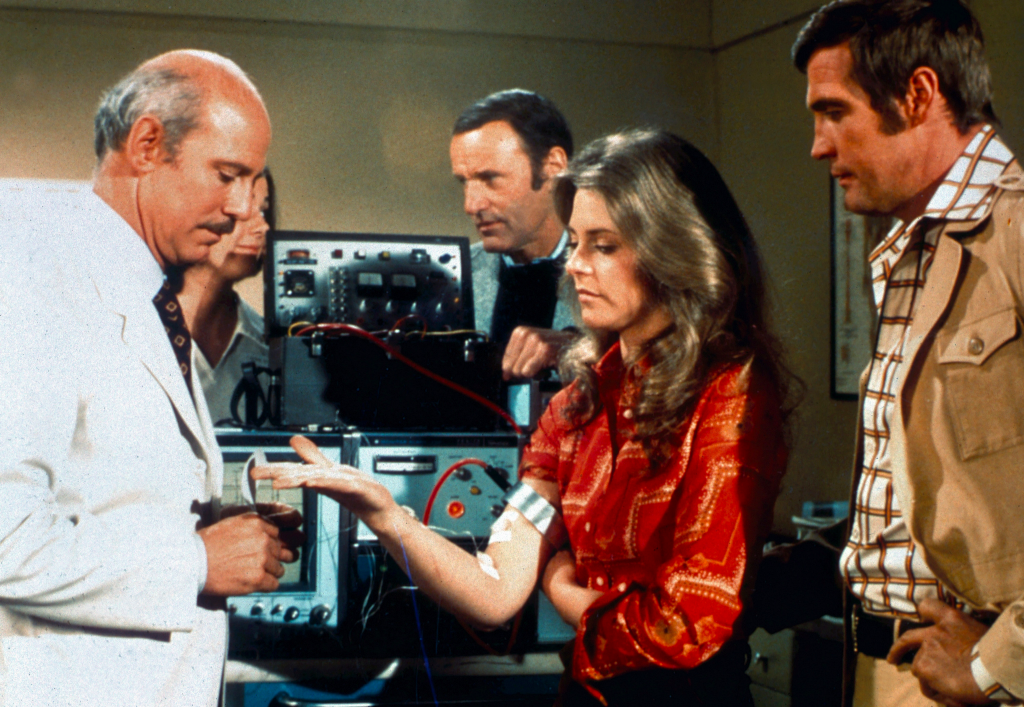
1972: Bionic Limbs
Martin Caidin’s Cyborg (aka TV’s The Six Million Dollar Man)
In the book: Pilot Steve Austin crashes in flight and loses his legs, left arm, and an eye. His legs and left arm are replaced by a team of doctors with bionic limbs — leaving him a “cyborg” (part man and part machine).
To make everything clear, I don’t much give a shit for your operation. I’m willing to go as part of the great experiment. I just want you to understand that I don’t owe you a thing.
In reality: In 1993, Robert Campbell Aird, a muscle cancer survivor and amputee, was given the world’s first bionic arm at the Margaret Rose Hospital in Edinburgh, Scotland. He was able to operate this arm through a cap with micro-sensors which detected electrical brain impulses being sent to the “limb.”
Today, researchers are building man-made organs that contain living human cells. Advancements in bionic livers, kidneys, lungs, and hearts are poised to end live-organ transplants — a development which would likely come as a relief to the 121,000 Americans currently on a waiting list.
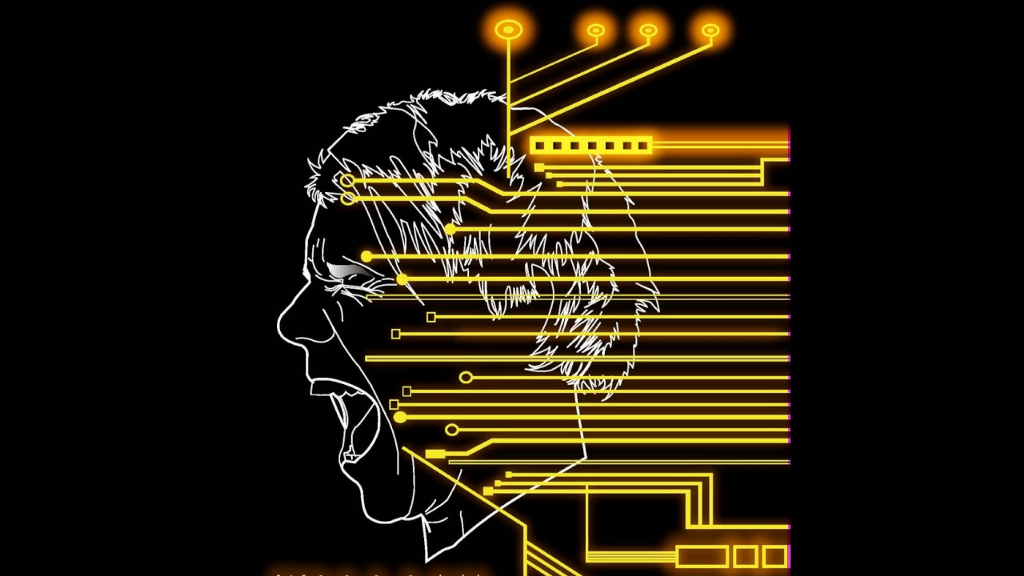
1984: The World Wide Web
William Gibson’s Neuromancer
In the book: Cyberspace is described as a “consensual hallucination” created by millions of connected computers on a globally-accessible network called PAX. This network can be (and is) hacked into.
A graphic representation of data abstracted from the banks of every computer in the human system. Unthinkable complexity. Lines of light ranged in the nonspace of the mind, clusters and constellations of data. Like city lights, receding…
In reality: This pick came from Michael Rowley, UK editor of Andy Weir’s The Martian. As Rowley says, “Science fiction is sometimes talked about as the literature of ideas. How better to illustrate that than William Gibson using the term ‘cyberspace’ in his debut novel, Neuromancer. As Gibson described how his protagonist, Case, ‘jacked into the consensual hallucination that was the matrix,’ a new way of looking at and experiencing information was visualised. In a year that shared its date with the title of George Orwell’s 1984, a science fiction author writing on a manual typewriter allowed us to name and visualise what would later become the internet.”
To get into the ways that the internet and cyber-crimes affect our society today would require an article in itself. For now, you can take a peek at this (frightening) Internet Live Stats website for scale.
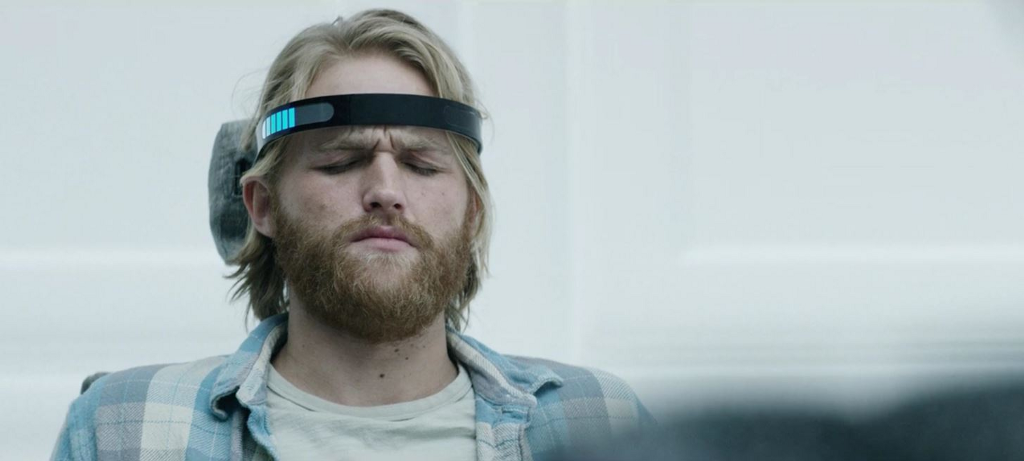
What’s next?
— In 2004, Geoff Ryman’s Air predicted that by the year 2020, people would be able to access the internet from their own brains — and according to Ray Kurzweil, futurist author and inventor, we may not be too far from realizing this technology. Kurzweil believes that by 2030, people will be able to go online via a nanobot that can tap into our neocortex, connecting us directly to the web.
— Equally as forward-thinking, Ernest Cline’s Ready Player One (published in 2011) is set in the year 2044, where society escapes the hardships of an energy crisis by entering the “OASIS” — a virtual world. All you need to do to get into OASIS is don a VR visor and some kind of haptic technology, such as the gloves or the suit. Just one year after the book’s publication, Oculus announced the Rift headset on Kickstarter. Now, Oculus Touch has gloves that allow you to pick things up in VR and full suits are being developed as well.
And after that?
Well, if we’re lucky, the events of H.G. Wells’ The Time Machine (1895) will come to pass and, at the very least, the world will still exist in the year 802701. What we can count on as both readers and consumers of technology is that speculative fiction will remain a means of looking forward and imagining future innovations, while also questioning the eventual implications of the status quo.
About the Author
Arielle Contreras is a staff writer at Reedsy, a curated marketplace that connects authors and publishers with the world’s best editors, designers and marketers. Over 2,500 books have been produced via Reedsy since 2015.








